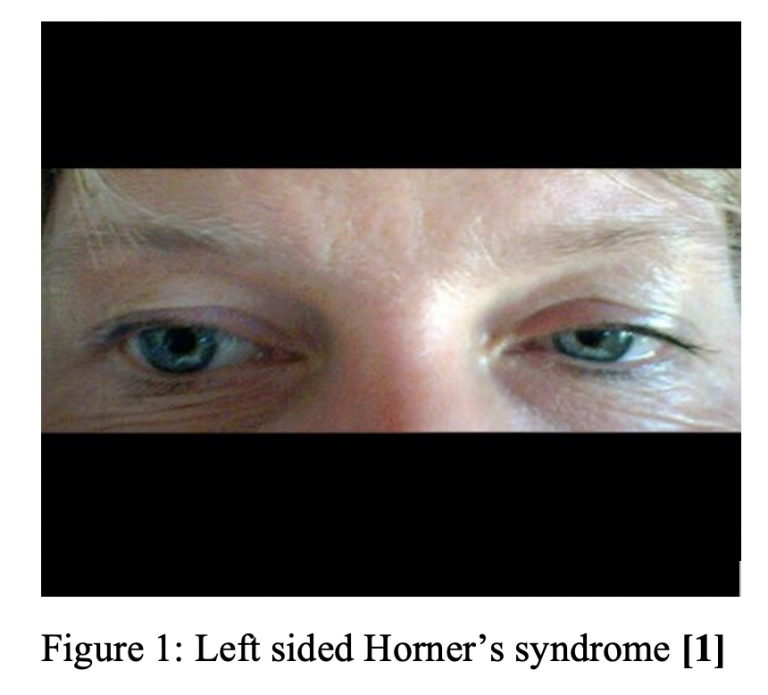Revision Resources
May FOAMed
Vaughan-Williams Classification of Anti-Dysrhythmics

Anti-dysrhythmics have classically been an overwhelming topic for medical students and residents, secondary to the quantity and their varying clinical effects. An anti-dysrhythmic agent is used to treat abnormal cardiac rhythms, and the first classification system for these drugs was the Vaughan-Williams classification in 1970. It is important to note that since then there has been an increase in the number of anti-dysrhythmic agents, improved understanding of the mechanism of actions of these agents, recognition that many of these agents cross class lines, and there are other anti-dysrhythmic drugs that are used that do not fall into one of these four classes.
Diagnose on Sight: Scrotal Swelling

A 58-year-old male with no past medical history presents to the emergency department for evaluation of right lower quadrant abdominal pain associated with right scrotal swelling. The patient reports that he had a colonoscopy the day before to remove a 20 mm polyp, which had been seen on an outpatient CT scan. He states that he noticed that his right scrotum appeared slightly swollen immediately away after the procedure, but since then the swelling had increased and he developed mild right lower quadrant abdominal pain. Physical examination reveals mild tenderness to the right lower quadrant and swelling of the right scrotum with palpable crepitus of the right scrotum and inguinal canal. There is no overlying skin discoloration. What is the most likely diagnosis?
Differential Diagnosis of Hypoxia

67 year-old male with a history of hypertension and diabetes presents to the emergency department after a syncopal episode. He had been completing his normal morning routine when he developed a sensation of lightheadedness and awoke on the ground of his kitchen. He denies associated chest pain, palpitations, diaphoresis, or recent illness. He has no known sick contacts nor exposures to individuals undergoing evaluation for COVID-19.
A Pop in the Calf – Plantaris Rupture

A 32 year-old male presents to the Emergency Department after he felt a “pop” in his posterior-medial calf while playing tennis. He was able to ambulate but had pain with plantar flexion and was unable to continue playing tennis. What is your differential diagnosis? What physical exam maneuver would you perform? What findings would you expect on physical exam? What is the diagnosis based on ultrasound images? What is your management in the emergency department?
Cervical Artery Dissection: The Elusive Diagnosis

A 34-year-old male with no significant past medical history presents to the ED with worsening left sided neck pain, headache, ringing in his left ear, and his left eye looks more “droopy” than normal. Symptoms occurred after riding on the “scariest rollercoaster” in the amusement park two days ago. The patient has been taking pain medication, but he says the pain is not improving. He denies weakness or numbness in his upper or lower extremities, visual changes, or changes in speech.
Are you sure you wish to end this session?

